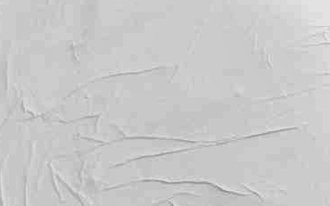Vehicle Spray Paint Lifting problems

In this section we look at Paint Lifting problems that includes raising and crinkling (see also wrinkling section).Solvents in refinish paint attacks a previously painted surface, which if the previous film is completely soluble in the wet coating applied over it, or if the film is completely impermeable and won't let it soak in to the wet coating applied over it, lifting will not occur.
Lifting occurs in varying degrees from the mild forms of swelling or raising of flatting scratches to severe lifting and destruction of the base film. All fast dry synthetic paint films have a certain range of time after application when, under certain conditions, they can be made to lift upon recoating. Paint manufacturers' instructions and recommendations are planned to avoid these time ranges and conditions.Second coat is more apt to produce lifting if first coat is applied over surface not thoroughly cleaned and flatted. Use of cellulose over air synthetic enamel. Application of second coat of fast dry synthetic over the first coat which has become partially dried.The only recommended method of repair is to completely remove the lifted area and refinish (see also scratches and wrinkling section).
Other problems
- Use of cellulose thinner in enamel.
- Too heavy applications of synthetic enamel.
- Use of too coarse grit wet and dry paper.
- Application of colour over incompletely cured undercoat.
Prevention
- Avoid heavy coats.
- Begin with a clean, well-flatted surface.
- Do not use cellulose thinner in synthetic enamels.
- Second coats of fast dry synthetic should be sprayed over first coat immediately after application of first coat, or after first coat has completely dried.
- Allow each coat to flash off before following coat is applied.
- Don't apply colour over undercoat which is not completely dry and hard.



